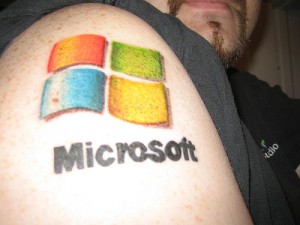Today is February 29th, Leap Day! There’s all sorts of superstitions, traditions and myths around February 29th and one anachronism hanging around from (take your pick) the 5th, 12th, 19th or early 20th century is a phenomenon that’s come to be known as Sadie Hawkins Day.
For those of you unfamiliar with Sadie, she was alleged to be the homeliest girl in the  fictional town of Dogpatch but it was determined that on one day of the year (here’s where the legends and myths collide) she was allowed to propose to an eligible bachelor and he couldn’t refuse. It was so successful for Sadie that it was decided that this would become a regular event for all single women in Dogpatch. And I guess to protect the single gents that day was set as February 29th so it would only occur once every four years.
fictional town of Dogpatch but it was determined that on one day of the year (here’s where the legends and myths collide) she was allowed to propose to an eligible bachelor and he couldn’t refuse. It was so successful for Sadie that it was decided that this would become a regular event for all single women in Dogpatch. And I guess to protect the single gents that day was set as February 29th so it would only occur once every four years.
So what’s all this got to do with HR? Well, the way the men in Dogpatch treated Sadie reminds me of how many eligible corporations today treat candidates. Sadie had a lovely personality, was strong and fast and although she was over a certain age (the ugly word “spinster” was tossed around) she was, I presume, absolutely capable of fulfilling all the necessary requirements of a spouse. Think of all the candidates who have lots of business knowledge, pleasant personalities, loads of experience and are ignored by companies because of their age or some other reason that has nothing to do with the work to be done. And yes, this happens more to women over a certain age than men.
Ageism and sexism run rampant in today’s workplace despite decades of legislation. Too many companies seem to want the newer, younger models. Well, that’s fine if you insist on that. Just be prepared to pay more and fight harder to get and keep them. The Millennials are the largest generation since the Boomers to enter the workforce, but they can’t make up for the number of boomers leaving the workforce and the fact that Gen X fell far short in terms of the number of people in the workforce.
Graying boomers (and soon X’ers) will be staying in the workforce a lot longer by choice or need. Companies ignore them at their peril.
Happy Sadie Hawkins Day.






